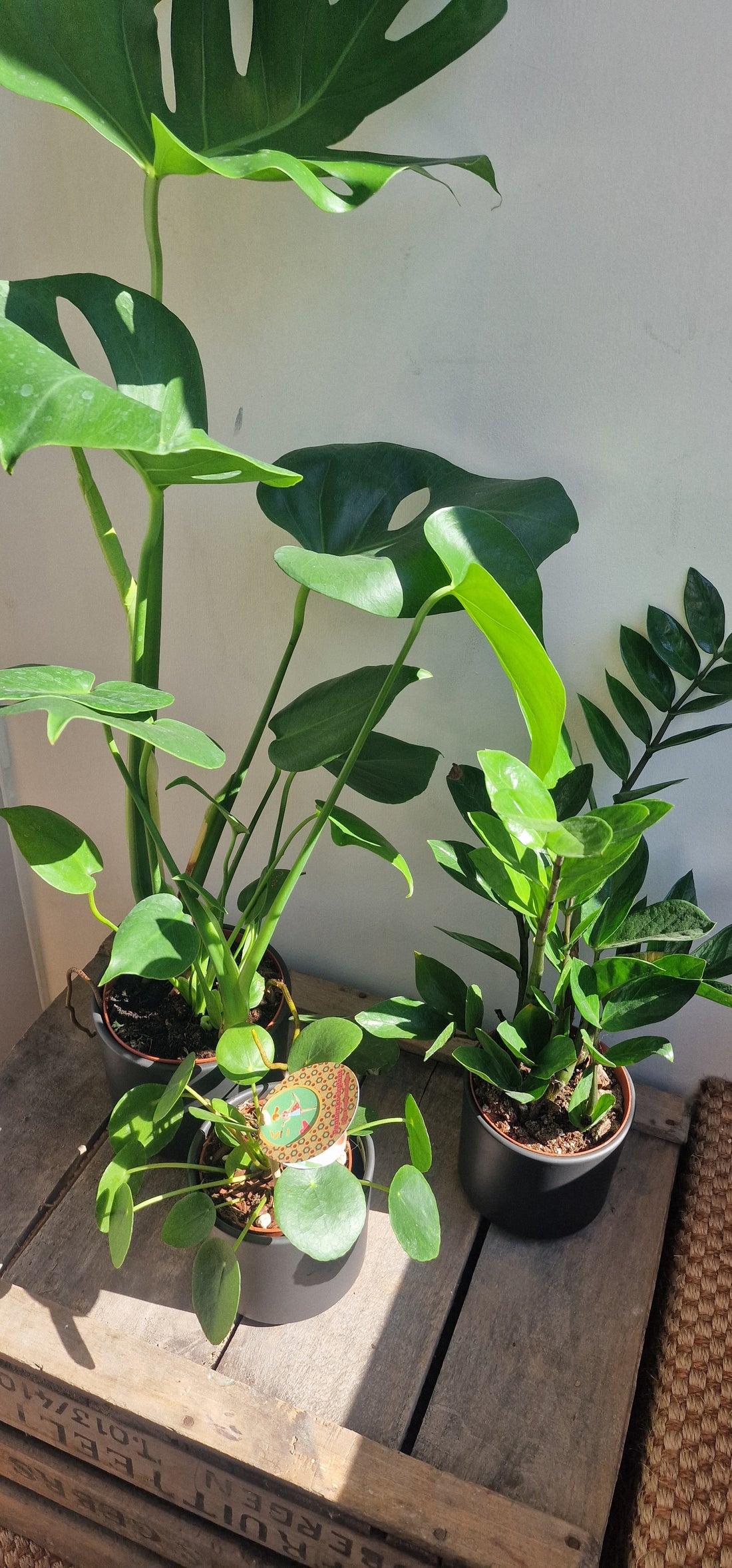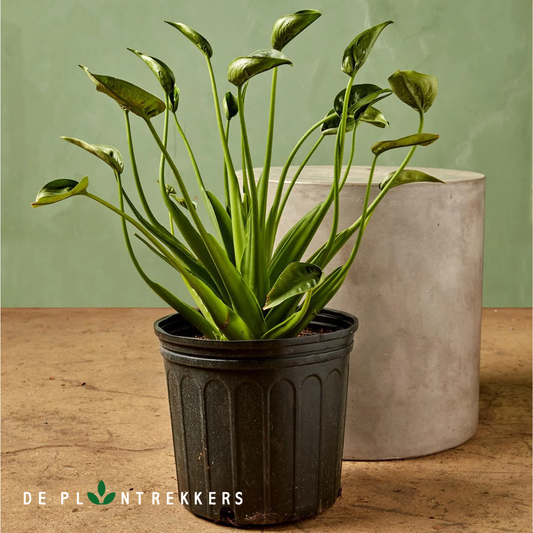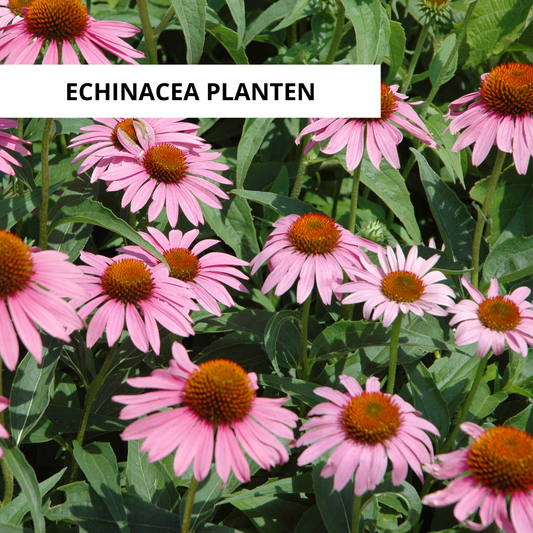
Choosing the right pot for your houseplant
Share
As a plant lover or indoor gardener, you know the joys and benefits of having plants in your home. But to keep your plants healthy and thriving, choosing the right pot or planter is essential. In this blog post, we’ll walk you through the process of choosing the perfect pot or planter for your plants and show you how to add style to your indoor garden.
Short summary for the fast reader:
Factors to consider when choosing a pot or planter
When choosing a pot or planter, there are several important factors to consider:
- Size: The size of the pot should be in proportion to the size of the plant and its root system.
- Material: The material of the pot can affect the health of the plant: some materials retain more moisture and others are more porous.
- Drainage: Good drainage is crucial to the health of the plant, as excess moisture can lead to root rot.
- Style: Choose a pot or planter that suits your personal style and enhances the overall appearance of your indoor garden.
Root systems of plants and their influence on pot choice
When choosing a pot, it is important to consider the size and type of root system of a plant. For example, succulents have shallow roots and therefore need shallow pots, while larger plants with more extensive root systems need larger pots.
Tips for choosing the right pot for specific types of plants
Different types of plants have different requirements for pot size, material, and drainage. Here are some tips for choosing the right pot for some common types of plants:
- Succulents: Choose shallow pots with good drainage to prevent the roots from sitting in excess moisture.
- Tropical Plants: These plants often require larger pots with good drainage and a moist, humid environment.
- Herbs: Herbs can be grown in small pots and are well suited to hydroponic systems, where the roots hang in water.
How do you determine the best pot size for your plants?
To determine the best pot size for your plants, you need to consider the size of the plant and its root system. A good rule of thumb is to choose a pot that is slightly larger than the root ball of the plant. This gives the roots room to grow and prevents the plant from getting stuck by its roots.
Advantages and disadvantages of different potting materials
There are several potting materials to choose from, such as terra cotta, plastic, and ceramic. Here’s a quick rundown of the pros and cons of each material:
- Terracotta: This material is porous, which allows for good air circulation and drainage. However, terracotta pots can be heavy and require frequent watering.
- Plastic: Plastic pots are lightweight and inexpensive, but they can retain moisture and heat, which can be harmful to some plants.
- Ceramic: Ceramic pots are stylish and come in a variety of colors and patterns. However, they can be heavy and do not provide adequate drainage for all plants.
The Role of Drainage in Plant Health and How to Ensure Good Drainage in Your Pot
Good drainage is crucial for plant health, as excess moisture can lead to root rot. To ensure good drainage in your pot, make sure there are holes in the bottom so excess water can escape. You can also place a layer of rocks or gravel in the bottom of the pot to improve drainage.
Integrate style into your pot choice and create a visually appealing indoor garden
Your indoor garden should reflect your personal style and taste. When choosing pots or planters, think about color, texture, and pattern. Mix and match different sizes, materials, and styles to create depth and dimension in your indoor garden. You can also play with height by using raised planters or stands.
Creating depth in your Urban Jungle
Using multiple pots and planters in your indoor garden creates a dynamic and visually appealing environment. Consider grouping plants of different sizes and textures together, or placing plants of different heights in different pots to create a layered look.In short, choosing the right pot or planter is an important aspect of indoor gardening. When choosing a pot, consider factors such as size, material, drainage, and style. Understanding your plants’ root systems and the specific requirements for different types of plants can also help you choose the right pot. By incorporating style and using multiple pots and planters, you can create a beautiful and thriving indoor garden.




